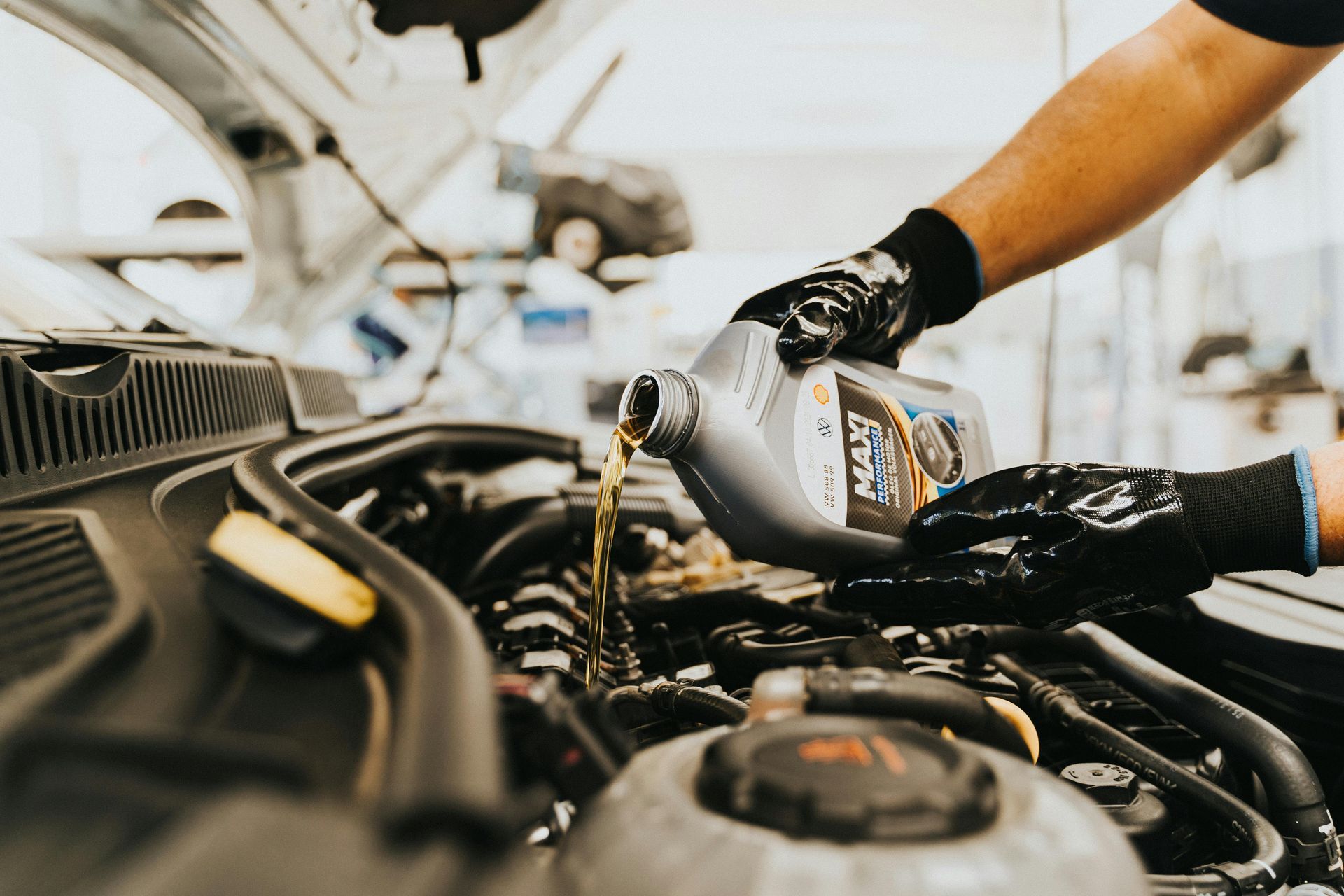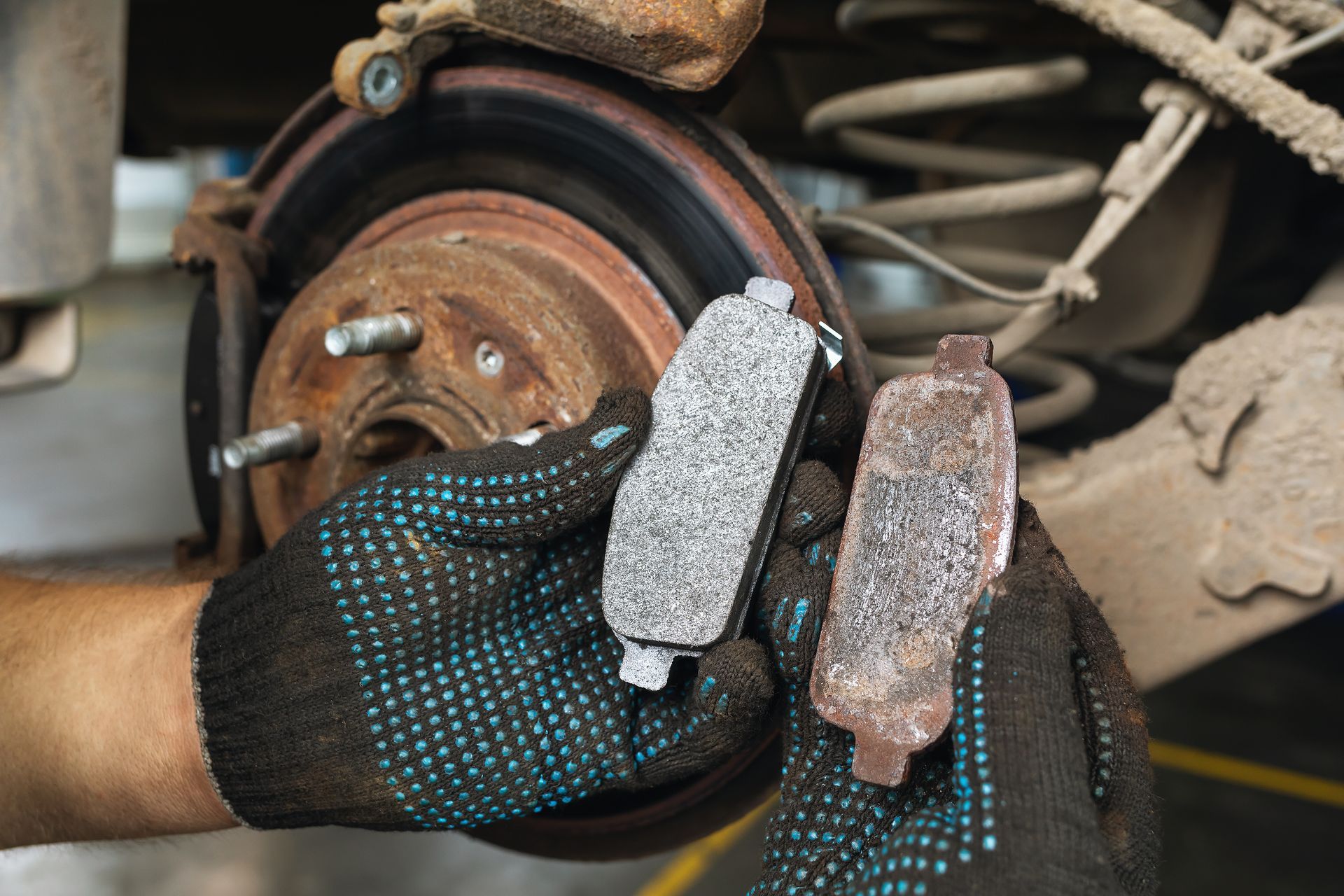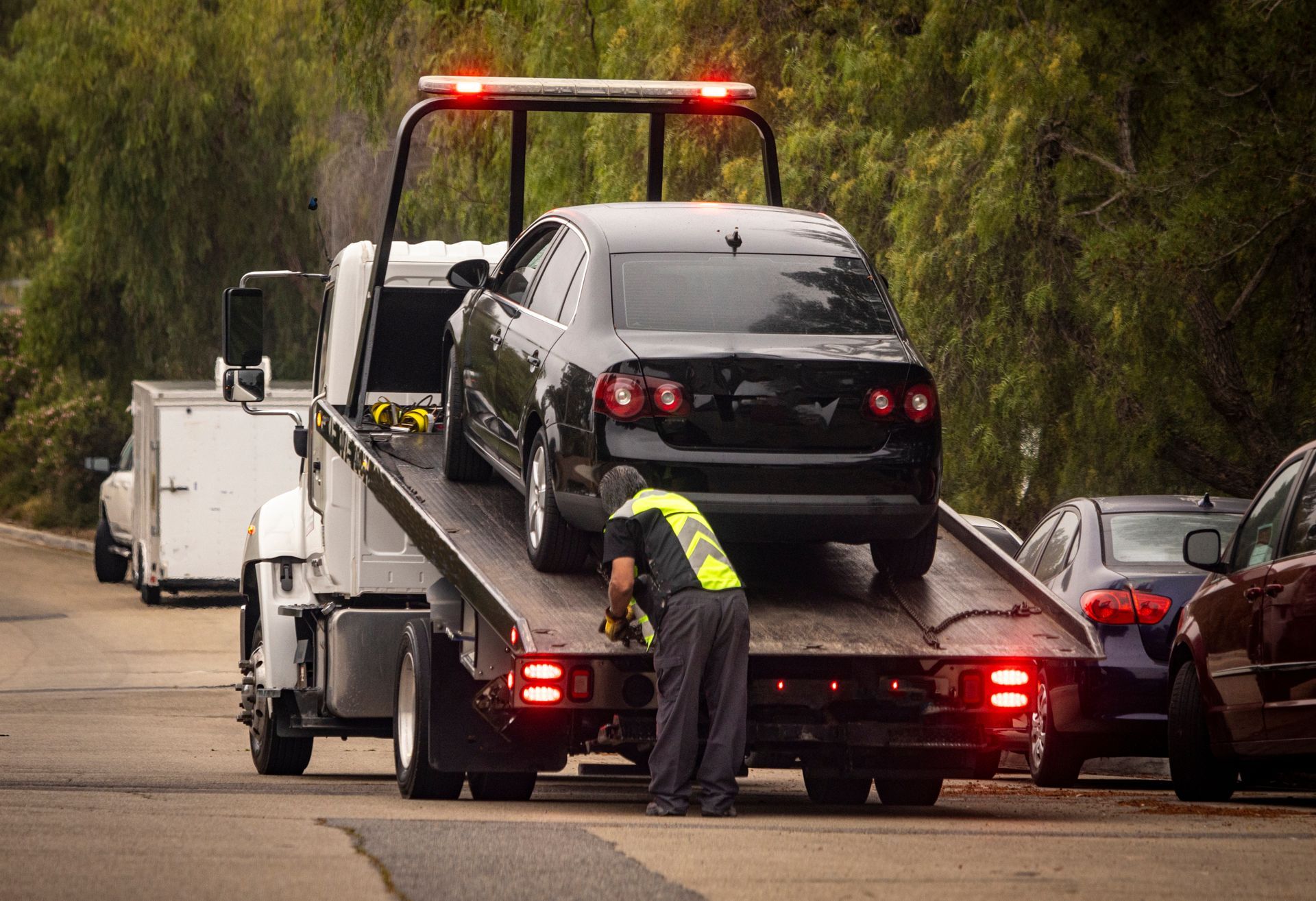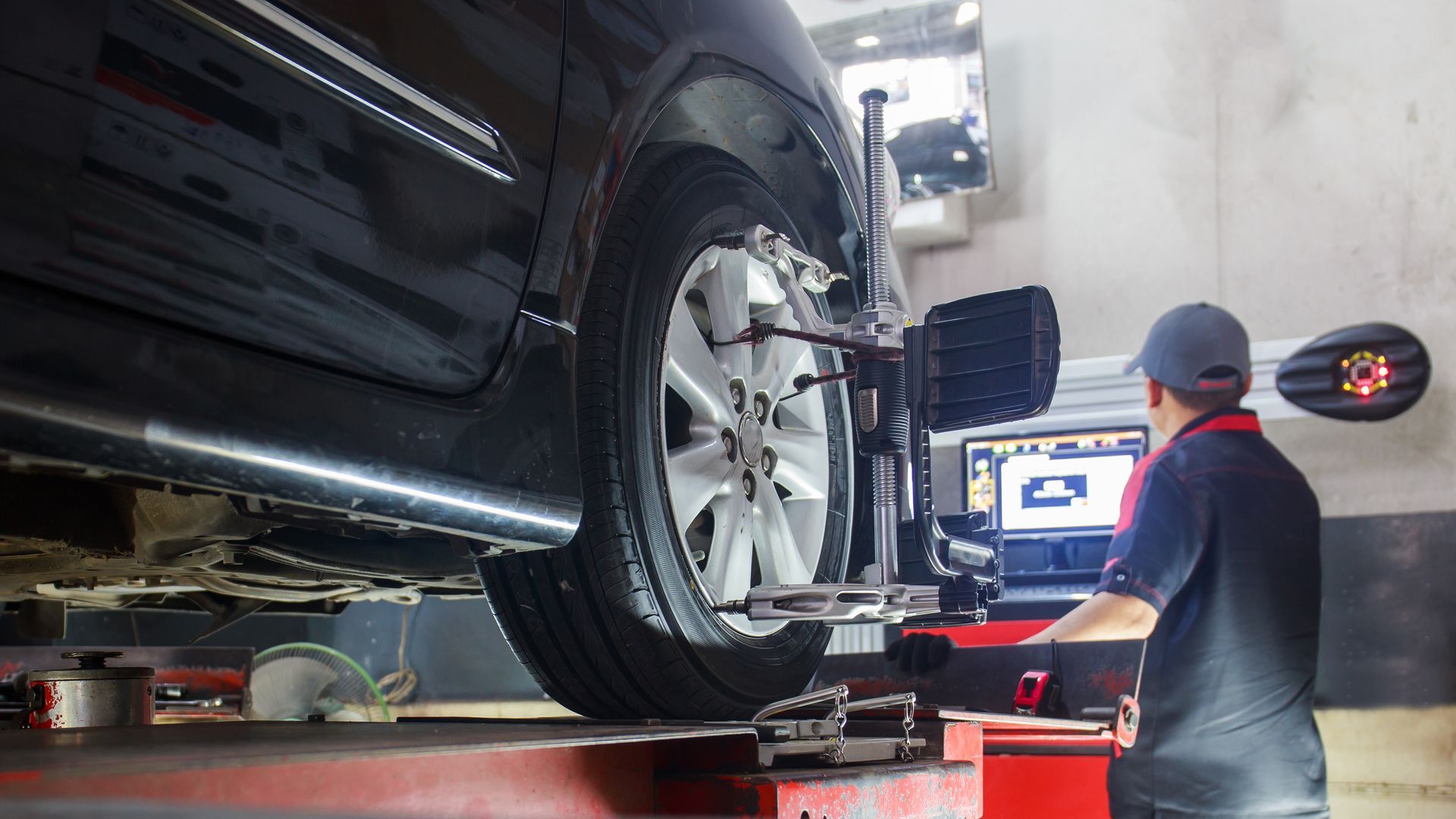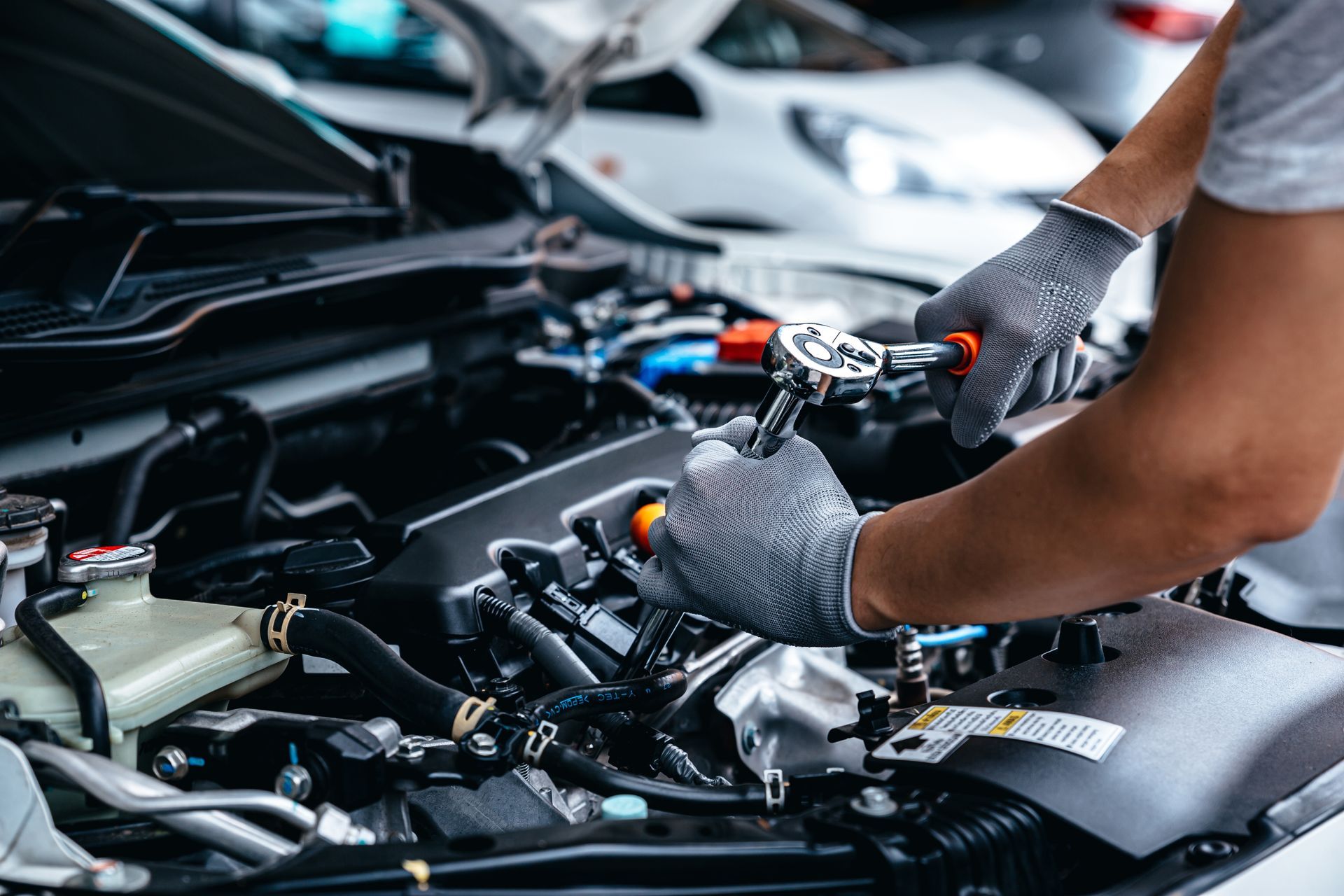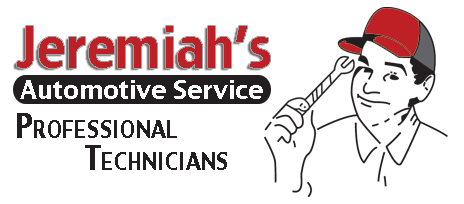What to Expect from a Quality Vehicle Diagnostic Service
Vehicle diagnostics can feel a bit mysterious if you haven’t gone through the process before. The check engine light turns on and suddenly there’s a sense of uncertainty. Is it something small? Something serious? The best way to get clarity is through a professional diagnostic service. Here’s what to expect when you bring your vehicle to a trusted shop like Jeremiah’s Automotive in Heath, Ohio for diagnostics.
The Role of Diagnostic Tools
Modern vehicles are built with complex onboard computers. These systems constantly monitor sensors throughout the car. When one of these sensors detects something out of range, it can trigger the check engine light or other warning indicators.
Diagnostic tools are designed to communicate with your car’s computer system. They retrieve stored codes that help identify where the issue is happening. These codes don’t always tell the full story, but they give technicians a place to start.
What Happens During a Diagnostic Appointment
- Initial Check-In: A technician will typically ask about any issues you've noticed. Things like strange sounds, reduced performance, or recent repairs all help paint a clearer picture.
- Code Retrieval: Using a diagnostic scanner, the technician connects to your vehicle’s onboard system and retrieves any trouble codes. These are standardized codes used across most vehicles that point to particular systems or components.
- Evaluation: The codes may indicate a problem with a sensor, circuit, or component. From here, the technician may run additional tests to confirm the issue. This can include visual inspections, electrical testing, or running the engine in a controlled setting.
- Interpretation: Experienced technicians use these results along with their knowledge of your specific make and model to narrow down the exact cause. This is where training and familiarity with vehicle systems make a big difference.
- Reporting the Issue: Once the issue is identified, the technician will explain what was found, what it means for your vehicle, and what repairs may be needed.
Common Issues Found Through Diagnostics
- Oxygen sensor failures
- Faulty mass airflow sensors
- Loose or damaged gas caps
- Misfires in one or more cylinders
- Catalytic converter problems
- Battery or charging system concerns
- Evaporative emission system leaks
Some of these issues are simple to resolve. Others may require more in-depth work. The point of diagnostics isn’t to fix the problem immediately. It’s to identify it accurately.
Why Drivers in Heath Benefit from Local Expertise
The roads in Licking County can take a toll on vehicles over time. Between cold winters, salted roads, and humid summers, it’s not unusual for electrical connectors to corrode or for sensors to fail earlier than expected. Having a technician who understands these local conditions can help narrow down likely causes more efficiently.
Why Warning Lights Matter
Ignoring the check engine light can cause minor issues to turn into major repairs. Even if your car seems to be driving normally, the problem behind that light could lead to worse performance or damage if not addressed.
It’s also worth noting that some warning lights mean your vehicle won’t pass emissions testing in Ohio, which can prevent registration renewal. Getting a diagnostic test as soon as the light comes on helps avoid that situation.
How Long It Usually Takes
Most diagnostic appointments can be completed within an hour or two, depending on the issue. If additional testing is required or the problem is intermittent, the technician may recommend keeping the vehicle longer for observation.
Cost Considerations
A professional diagnostic service is typically priced as a flat rate, separate from repair costs. While some shops may advertise free code scans, these usually only involve pulling codes without fully inspecting or confirming the root cause. At Jeremiah’s Automotive, diagnostics are handled by ASE-certified technicians who take the time to fully evaluate the issue and give you a reliable overview of what’s going on.
Why ASE-Certified Technicians Make a Difference
Certification means the technician has gone through rigorous testing and continues to stay up to date on new technology. With vehicle systems becoming more computerized every year, this training is essential. It ensures that diagnostics aren’t just about reading codes—they’re about interpreting them with the right context.
What You Can Do to Help the Process
- Share when you first noticed the issue
- Mention any recent services or changes
- Note whether it happens when the engine is cold, hot, idling, or under load
- Bring any paperwork from previous shops if applicable
These small details help the technician trace the issue more efficiently.
When to Schedule a Diagnostic Test
- When the check engine light comes on
- If your car starts hesitating, stalling, or struggling to accelerate
- When fuel economy suddenly drops
- If dashboard warning lights appear for transmission, ABS, or battery systems
- After a failed emissions test
Regular service appointments can also include light diagnostic work to catch problems early. But if a warning light appears, it’s always best to schedule a standalone diagnostic visit.
